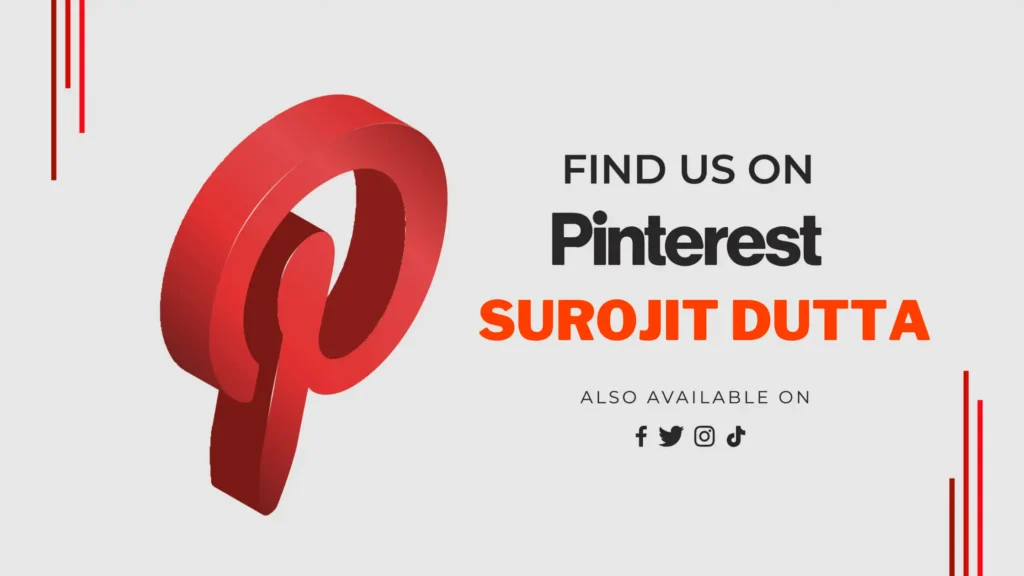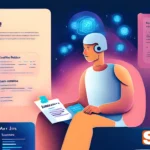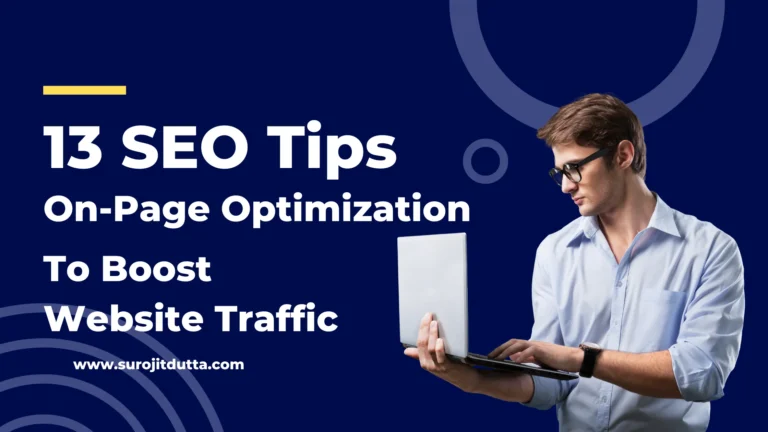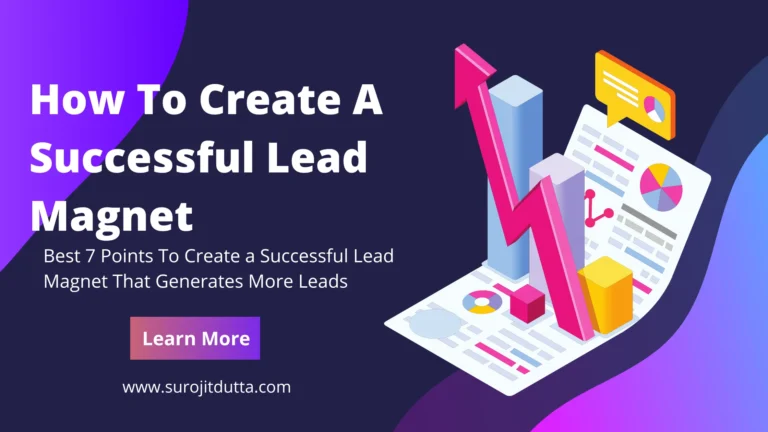Creating and promoting Pinterest pins can be hard work, especially if you’re just starting out. It can take time to build up your Pinterest following, which makes it that much more difficult to get anyone to notice your pins in the first place.
Fortunately, there are some easy ways to avoid these common mistakes that new pinners make. If you’re already making these mistakes, this list will help you identify them and fix them quickly so that you can move forward with your marketing campaign and create new Pinterest pins that will actually work!
Avoid 14 Common Mistakes Of Pinterest Pins
Pinterest can be a great way to promote your business or website, but if you’re not doing it correctly, you’re wasting your time. Here are 14 common mistakes people make when creating and promoting Pinterest pins. Avoid these mistakes and you’ll be on your way to success!
1) Pin at the right time on Pinterest
If you want your Pinterest pins to receive engagement, the best time to pin is at peak hours. Peak hours are from 2 p.m. – 3 p.m., and again from 7 p.m. – 9 p.m., according to research by Pinterest itself, but you can test out different times and find what works best for your audience and content type (images tend to do better on Pinterest at night).
Engagement drops significantly after 10 pm, though there’s a slight bump right before bedtime between 10:30-11 pm when we’re all scrolling through our phone screens before heading off into dreamland (the sweet spot where all social media engagement happens). Pin at the right time on Pinterest!
Want to get more traffic to your blog? Look how pinterest can solve your traffic problem
2) Keep your content organized
To ensure you’re maximizing your exposure, keep your content organized by creating a board for each series of posts. For example, if you publish a new post every week on Monday Motivation with images, why not create a board specifically for all your Monday Motivation images?
You can link back to it directly from your Pinterest profile or even include it as part of your mainboard name. That way, each time someone pins one of these images they’ll be driving viewers directly back to your website! – If you choose to pin more than 10 times per day, then it is best to organize your Pinterest into multiple boards and pin different things on those boards depending upon what’s going on in those areas.
3) Not having high-quality images
The first step in creating great Pinterest pins is finding quality images. Once you’ve found an image that will help you achieve your goal, it’s time to edit it for your pin. How many times have you seen an image on Pinterest and clicked on it only to be disappointed by the low quality?
If you don’t have high-quality images, viewers won’t be inspired enough by your content and they might just move onto another pin that has better visuals. So, how do you make sure all of your images are high quality? To start, make sure every one of them has a large number of pixels or megapixels so it will look clear on all screen sizes and devices.
4) Limit how many pins you pin
You don’t want your brand’s Pinterest pins to be lost in a sea of similar pins. If you pin too many items, you run the risk of being overlooked. The sweet spot is 5-8 pins per day.
Spread them out throughout your day. Also, make sure you are pinning content that is relevant and high quality! Otherwise, people will see right through your page and think it’s spammy or untrustworthy.
Want to sell on Pinterest? Here is the details process how to sell on Pinterest?
5) Not designing a funnel
Not designing a funnel to generate leads. Pinterest is a great lead generation tool that requires a strategic, multi-channel approach to pinning content on relevant boards and promoting your Pinterest pins.
Utilizing every available resource to optimize your reach and provide sufficient traffic for pinning will drive more qualified leads to your brand’s website. Always ensure you have an integrated approach between paid media, owned media (your own website), referral traffic from social networks, etc., before executing any Pinterest campaign.
Where is your landing page? This may seem like common sense, but if someone takes action and finds themselves at a page other than where they were led to from Pinterest or Google search results or wherever else they landed, it can put up red flags that they may not be where they want or expect to be. If someone pins something of yours, their first thought should always be Why did I land here? Where do I go next?
Here is the email marketing secreat by which you can create leads from pinterest
6) Don’t pin irrelevant or low-quality content
Because Pinterest is an image-based platform, you’ll want your Pinterest pins to be as good (or better) as your competition. When building a brand and trying to engage with customers, it’s important that you don’t compromise quality for quantity.

Create relevant boards: Creating and pinning content around specific topics can help drive traffic from other users searching for similar information. Try following popular trends, hot news, or online events in your niche or industry for ideas about what people may want to see on Pinterest.
Pin relevant images first: We all have images we like that aren’t necessarily perfect for our brand—so make sure you use those favorites before uploading any more original content.
Want to grow your email list? Here are 22 best way to grow your email list first.
7) Don’t forget the why? behind everything you share
Because Pinterest pins are image-based, you’re required to include a call-to-action. Most users will look at your pin, like it, and move on.
To bring them back you have to remind them why they liked it in the first place and what action they should take as a result of that initial interest. So go ahead and list three more reasons why your pin is worth liking.
Also make sure that whatever action you’re asking people to take aligns with your business goal (i.e., don’t ask people like something if you don’t intend on selling it).
8) Not optimizing your account
Make sure your account is set up correctly by ensuring you include keywords, adding relevant boards, and making sure your profile is complete. This will help with both search engine optimization (SEO) and user experience.
You want people to be able to find you and click on your Pinterest pins, which means they need a way to get there. If you’re selling products, make sure you have an add-to-cart button as well; it may not have as much impact as paid ads or SEO but it’s better than nothing!
9) Use hashtags wisely
Many pinners assume that hashtags are a huge component of Pinterest success and therefore, they slap them all over their Pinterest pins. The truth is that hashtags aren’t all they’re cracked up to be, so be sure you use them wisely.
If your product is too specific or niche, it’s not likely anyone will search for it on Pinterest or other social media sites. If people can’t find your pin because there aren’t enough people searching for it—it defeats the purpose of using hashtags.
10) Keyword targeting
Don’t get stuck on just one hashtag or keyword, but be sure to use a few different ones. You want your content and your Pinterest pins to show up in as many people’s feeds as possible, so having multiple keywords lets you hit more specific niches than focusing on just one. If you only use wedding photographer NYC, for example, then you’re missing out on anyone in Los Angeles who might have been interested in seeing your posts, too.
Instead, add some variety into your pins by also using phrases like New York City wedding photographer. This can help boost interest from potential clients across state lines—or even international borders!—while still allowing you plenty of opportunities for local exposure.
Have you checked your blog fed format? Check the best way how to update your blog feed format
11) Share other people’s posts
Before you start promoting your own content, it’s a good idea to build up your following by sharing other people’s content. This is known as cross-promotion or organic promotion, and research has shown that posts with at least one inbound link are more likely to be shared on social media sites.
The easiest way to find new relevant Pinterest pins is by searching relevant hashtags or setting up Google Alerts for keywords related to your niche. You can then post popular pins from similar niches (including cross-promoted ones) that aren’t getting much love from users so they have more of a chance of gaining traction and being noticed by others.
12) Not creating engaging Pinterest pins
Before you start, decide what your goal is when creating content. Do you want more followers? To drive sales of a specific product? Or do you just want a certain number of comments and likes on your pins? Whatever it is, create Pinterest pins that will help you accomplish that goal. Consider how viewers can interact with each image, whether it’s through Pin It or not.
Also, try using a call-to-action in your pin descriptions for even more engagement opportunities! Think about how people will talk about and share your pin when deciding what images to create; make sure they can easily do so.
13) Be authentic, genuine, and friendly
Remember that Pinterest is, at its core, a social network; it’s meant for social interaction. The way you engage with your followers is just as important as all of your awesome content! Keep your Pinterest pins natural, authentic, and friendly—like an online version of yourself.
There are two main reasons why engaging with people who follow you is so important: First, by actively engaging with others, you demonstrate that you are interested in a two-way street of communication. Second, Pinterest isn’t just about pins and boards—it’s about people sharing what they love with others!
14) Not optimizing your boards
If you’re new to Pinterest, your boards will look like blank slates. But don’t worry: once you start pinning things, they’ll come alive and become a central part of your marketing strategy.
Start by thinking about what you want people to see when they come across your board—is it a collection of resources or a specific type of product? At that point, make sure each board is fully optimized so visitors can quickly understand its purpose.
Conclusion
Have you made any of these Pinterest pinning mistakes? If so, don’t worry – you’re not alone. But now that you know about them, it’s time to correct your course and start seeing better results from your Pinterest marketing efforts. So get Pinning! What are your favorite tips for promoting pins on Pinterest?










